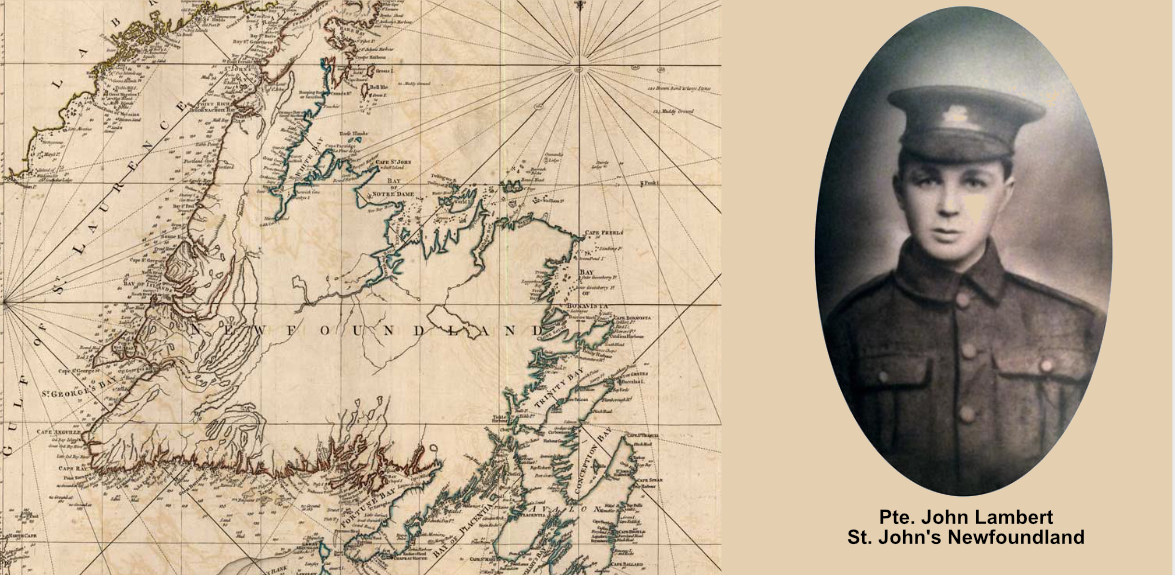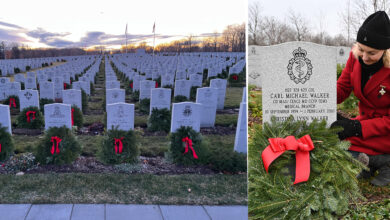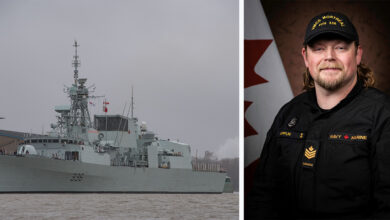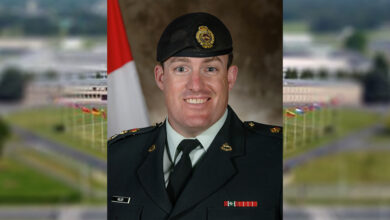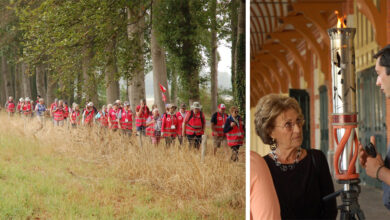Remembering
First World War 17-year-old soldier’s remains identified
The Department of National Defence and the Canadian Armed Forces (CAF) announced they had identified the remains of Private John Lambert, a First World War soldier of the Newfoundland Regiment.
“With casualty numbers as overwhelming as those of the First World War, it can be easy to forget that behind every statistic was a Canadian or Newfoundlander who would never return home. Events like this remind us of that fact. Today, we honour Private Lambert, and all those men of the Newfoundland Regiment who gave their lives in service. Lest we forget,” stated Lawrence MacAulay, minister of veterans affairs and associate minister of national defence.
Private John Lambert
Private Lambert died on Aug. 16, 1917, when he was just 17 years old. The Royal Newfoundland Regiment perpetuates the Newfoundland Regiment.
Private Lambert was born on July 10, 1900, in St. John’s, Newfoundland. When he was 16, he claimed he was 18 years and three months old on his attestation paper in order to enlist with the Newfoundland Regiment.
On August 28, 1916, he left for the United Kingdom aboard the S.S. Sicilian. He then travelled to Ayr, Scotland, for training, where he joined the 2nd Battalion, The Newfoundland Regiment.
“Private Lambert’s service demonstrates the courage and sacrifice of this brave service member during the First World War. Although more than a century has passed, we will never forget the ultimate sacrifice he made for Newfoundlanders and Canadians. Programs such as the Canadian Armed Forces’ Casualty Identification Program help us identify and honour those who fought for our freedoms,” expressed Harjit S. Sajjan, minister of national defence.
He landed in Rouen, France, on April 25, 1917. In the early summer months, he proceeded to join the 1st Battalion, The Newfoundland Regiment in the field, which served with the 88th Brigade of the 29th Infantry Division of the British Expeditionary Force.
The 29th Division had taken all of its objectives in what would be known as the “Battle of Langemarck” on August 16, 1917. Private Lambert died from wounds sustained in action during the advance of the Newfoundland Regiment.
“Private Lambert’s service demonstrates the courage and sacrifice of this brave service member during the First World War. Although more than a century has passed, we will never forget the ultimate sacrifice he made for Newfoundlanders and Canadians. Programs such as the Canadian Armed Forces’ Casualty Identification Program help us identify and honour those who fought for our freedoms,” expressed Harjit S. Sajjan, minister of national defence.
Remains Discovered
Lambert’s remains were discovered alongside three British soldiers during a planned archaeological dig conducted by THV MRG (a collaborative effort between the following four archaeological firms: Monument Vandekerckhove NV, Ruben Willaert NV, Gate Archaeology BVBA, and BAAC Vlaanderen BVBA) in April 2016, near Langemark, Belgium.
A combination of historical and scientific research is used to identify remains and properly lay to rest those who made the ultimate sacrifice for Canada.
The CAF has notified Private Lambert’s surviving next of kin and are providing them with ongoing support. He will be buried at the earliest opportunity in a joint ceremony organized with the Joint Casualty and Compassionate Centre (JCCC) of the United Kingdom’s Ministry of Defence.
The JCCC is the United Kingdom’s equivalent of the Casualty Identification Program. A collaborative effort between both organizations led to the identification of Private Lambert’s remains.
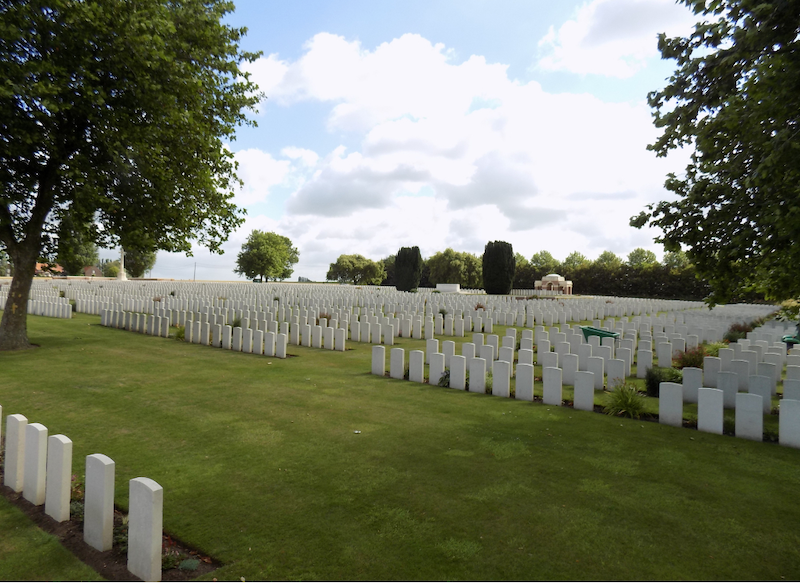
Private Lambert will be laid to rest in the Commonwealth War Graves Commission’s New Irish Farm Cemetery in West-Vlaanderen, Belgium.
The British casualties found with Private Lambert are an unknown soldier of an unknown regiment, an unknown soldier of the Hampshire Regiment, and a Royal Inniskilling Fusiliers soldier. Their identities are still being investigated.
CAF Casualty Identification Program
“We will never forget the service and sacrifice so many of our Canadian Army soldiers, like Private Lambert, have made for our country. The Casualty Identification Program allows us and the families of our fallen to honour their dedication and bravery with a proper burial,” explained Lieutenant-General Wayne Eyre, Commander Canadian Army.
The CAF’s Casualty Identification Program, within the Directorate of History and Heritage, identifies unknown Canadian service members when their remains are recovered so that they may be buried with their name, by their regiment, and in the presence of their family.
The program also identifies Canadian service members previously buried as unknown soldiers when there is sufficient historical and archival evidence to confirm their identification.
When that is the case, the previously unknown soldier receives a new headstone with their name, unit affiliation, and a personal family inscription, if that is requested.


